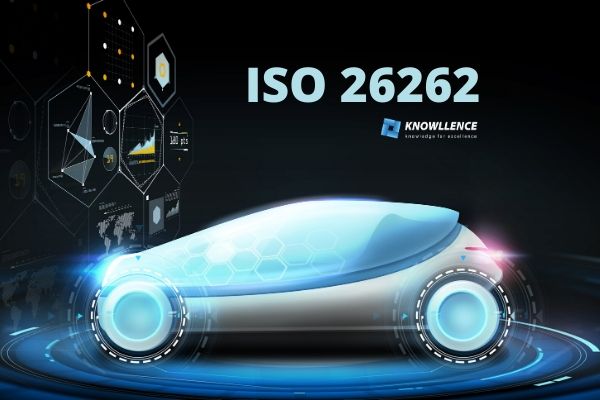
Complying with ISO 26262 means setting up a process related to ensuring quality (or ensuring safety) and a safety plan. The goal of the 12-part standard is to reduce safety risks to an acceptable level.
The ISO 26262 steps using Robust Engineering Software
Robust Engineering Software makes incorporating these functional safety steps at the design phase easier.
Here are how our tools help you cover the requirements and recommendations in each step as applied to onboard systems. As usual, all data is centralized and shared within the same database:
Item definition (Part 3)
Based on the functional analysis of the need, the NEED tool allows you to integrate needs and requirements and specify the system and its interactions with its environment and adjacent systems. To implement these requirements on an operational level, an environmental method (Environment Interaction Diagram or the APTE Method) helps in upstream identification of life cycles, interactors, and functions and their characterizations.
Hazard analysis and risk assessment (Part 3)
Also specialized in risk analysis, our programs allow you to open a Preliminary Risk Analysis on the functions identified in the previous step. These risks are analyzed until the undesired events are identified. The HARA (Hazard Analysis and Risk Assessment) process characterizes the undesired events into an ASIL and then derives the safety goals.
Functional safety concept (Part 3)
In direct relation to the previous step, the safety goals are now refined in terms of the functional safety requirements and technical safety requirements and then assigned to the complete onboard system or to each technical component. This essential step can be carried out through our graphic interface based on an SADT diagram. The technical architecture can be elaborated and organized either with a block/boundary diagram based on Systems Modeling Language (SysML) or directly through the construction of a component tree, as for a Bill of Materials (BOM).
Product development at the system level (Part 4)
Our program has already integrated the additional guidelines in the 2019 AIAG & VDA Handbook. These guidelines recommend supplementing the Design FMEA with a “System” FMEA, as specifically noted in the Monitoring and System Response section. As a reminder, this new way of carrying out risk analysis—which appeared in 2019 after the update to ISO 26262 in 2018—lets you identify the potential causes of poor operation, analyze the effectiveness of the control measures (diagnostics), and the effectiveness of the system responses.
Product development at the hardware level (Part 5)
The settings within our software allow the evaluation of risks in violation of the safety goals through the FMEDA process recommended in ISO 26262.
Our software suite is perfect for ISO 26262
Robust Engineering Software is a set of modular, customizable programs that allow you to ensure robustness in design and the standardization of onboard systems. The flow of information is constant and coherent—from requirements up to manufacturing—and includes an innovative system for managing traceability of data.
